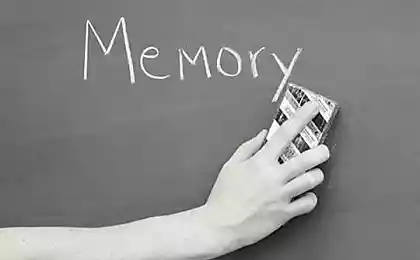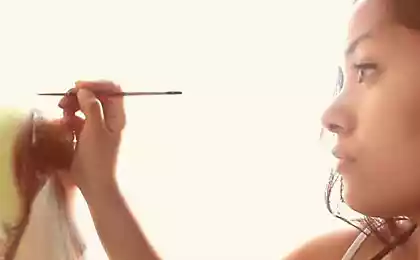417
What is an emotional connection with things and how to get rid of it

Why is it so hard to part with old clothes, books or items you haven’t used in a long time? Emotional connection to things is a phenomenon that affects all of us. But how does it form and what can be done to get rid of it without feeling guilty or sorry?

What is an emotional connection to things?
Emotional connection with things is a psychological phenomenon in which a person gives objects special meaning, connecting them with important moments of his life, people or feelings. This makes things not just physical objects, but part of a personal story.
Why is this happening?
People tend to get attached to things because of the emotions they cause:
- Nostalgia: Things can remind you of pleasant moments of the past – childhood, travel or loved ones.
- Symbolic: Some items become symbols of achievement, such as diplomas or gifts for significant events.
- Fear of loss: We fear that by getting rid of a thing, we will lose some of ourselves or our memories.
- Ingrained habits: The desire to save just in case is linked to our upbringing and cultural heritage.
Why is emotional connection to things a problem?
While things can bring joy, excessive attachment to them has its downsides:
1. Space oversaturation
When there are too many objects at home, it creates a sense of chaos that prevents you from focusing and relaxing.
2. Emotional stress
Every thing, especially if it is associated with negative memories, can cause feelings of guilt, regret, or even anxiety.
3. Difficulties in decision-making
Attachment to things prevents you from getting rid of the unnecessary, which makes space less functional.
4. Retention in the past
Emotional connection to things often prevents us from accepting change and moving forward.
How to get rid of emotional connection with things?
Getting rid of emotional attachment to things is a process that requires a conscious approach. Here are a few steps to help you accomplish this task.
1. Determine the true value of the thing
Ask yourself, “Do I love this thing for its practical benefits or for the memories it’s associated with?” If it's just memories, consider whether it's possible to save them in another way, such as taking a photo.
2. Accept emotion.
Don’t ignore your feelings about things. Allow yourself to experience nostalgia, but realize that memories will stay with you even if things go away.
3. Create criteria
Set rules: If an item has not been used for a year or more, it must be transferred, sold, or disposed of. This will simplify the decision-making process.
4. Do it gradually.
Don’t try to get rid of everything at once. Start with a single room or category of things like clothes or books.
5. Find things a new life
Give unnecessary items to those who really need them. Knowing that your item will be useful will reduce guilt.
6. Work with awareness
Meditation and mindfulness practices will help you better understand your feelings and learn to let go.
When should I ask for help?
Sometimes the emotional connection to things becomes too strong and begins to interfere with life. This may be due to stress, loss, or depression. If you notice that the problem is getting out of control, seek advice from a psychologist or professional space organizer.
Conclusion
Emotional connection to things is a natural part of human life, but it’s important to remember that it doesn’t have to control you. Being aware of your attachments and working to loosen them will help you create a more comfortable, harmonious space where there is room only for what really matters.
“Things are just things. They don’t define you, but you can choose how they affect your life. ?
Start small: Pick one thing you haven’t used in a long time and try to let it go. You will feel it easier to breathe, literally and figuratively.
Why you don’t like being given advice and how to respond to it
Digital rage: how to deal with anger over social media and news























